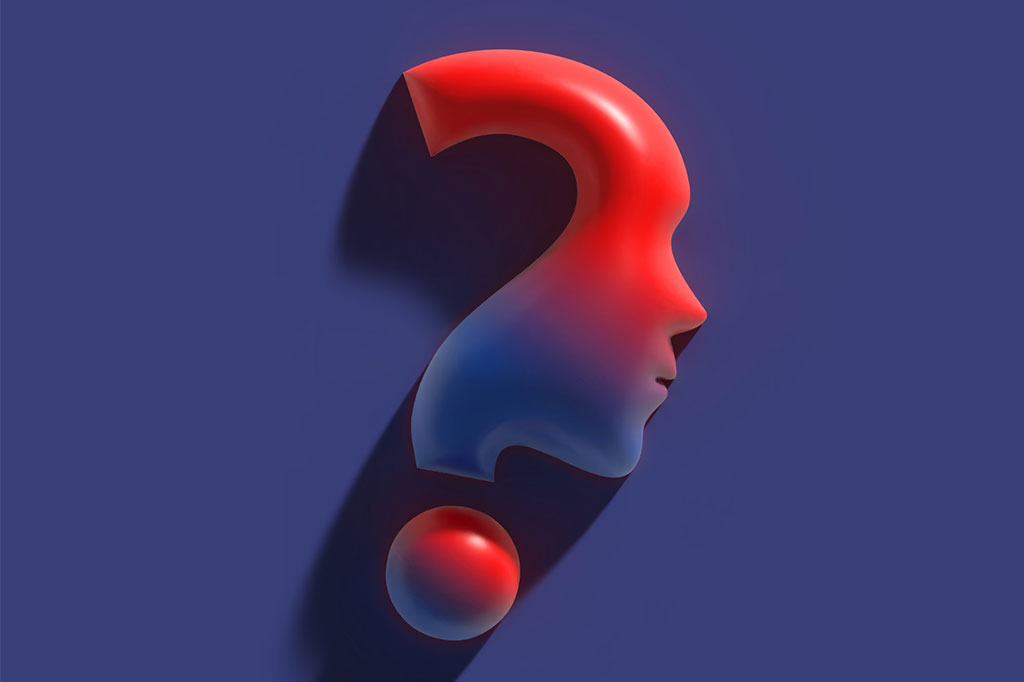
ChatGPT, developed by OpenAI, is a language model based on the GPT-3.5 or GTP-4.0 architecture that utilizes machine learning to generate coherent and context-aware responses from text inputs. This model has been trained on vast amounts of data to understand and generate natural language, enabling it to engage in smooth conversations and respond to a wide array of questions and requests.
Training of ChatGPT
The training of ChatGPT involves two primary stages: pretraining and fine-tuning.
1. Pretraining
During pretraining, ChatGPT is exposed to a vast amount of text from various internet sources, such as web pages, books, articles, forums, and more. This text is used to teach ChatGPT to predict the next word in a sentence, helping it grasp the structure and semantics of language. It is important to note that pretraining does not include specific information about current events or temporal data, as it solely relies on the provided text.
2. Fine-tuning
Once the model has been pretrained, the fine-tuning stage takes place. This stage involves human instructors interacting with the model and providing it with examples of dialogues. The instructors also follow specific guidelines provided by OpenAI to ensure safe and ethical responses. Multiple training iterations are conducted during fine-tuning to gradually enhance the responses generated by ChatGPT.
Underlying Technology
ChatGPT relies on below key technologies and techniques for its efficient and effective functioning;
1. Neural Networks
The underlying architecture of ChatGPT comprises neural networks, mathematical structures inspired by the functioning of the human brain. These neural networks are designed to learn complex patterns and relationships in the input data.
2. Machine Learning
ChatGPT utilizes machine learning, a branch of artificial intelligence, to train and improve its ability to generate responses. Machine learning involves the use of algorithms that enable a model like ChatGPT to learn from data and adjust its internal parameters to enhance its performance.
3. Natural Language Processing (NLP)
Natural Language Processing is a discipline within artificial intelligence that focuses on the interaction between computers and human language. ChatGPT employs advanced NLP techniques to comprehend and generate coherent and relevant responses from text inputs.





